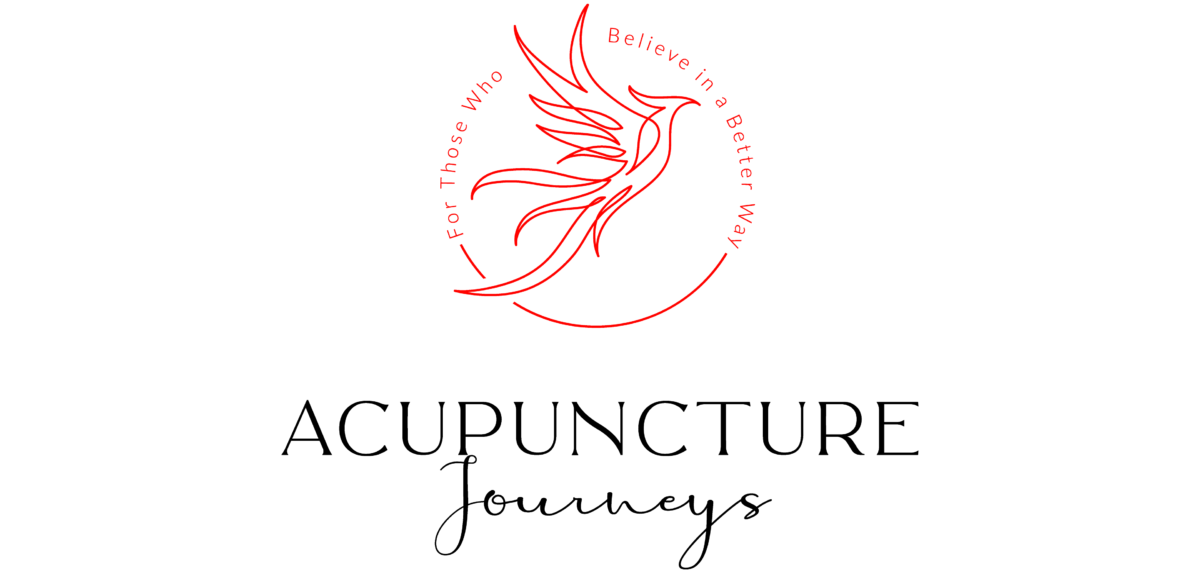Cupping is one of the oldest forms of Traditional Chinese Medicine (TCM). Cupping refers to an ancient Chinese practice in which a cup is applied to the skin and the pressure in the cup is reduced (by using change in heat or by suctioning out air), so that the skin and superficial muscle layer is drawn into and held in the cup. The earliest recorded use of cupping dates to the early fourth century, when the noted herbalist Ge Hong wrote about a form of cupping in A Handbook of Prescriptions for Emergencies.

How does cupping work? What does it treat?
In a typical cupping session, glass cups are warmed using a cotton ball or other flammable substance, which is soaked in alcohol, lit, then placed inside the cup. Often today, cups are fitted with a valve that attaches to a small hand-operated pump, allowing the practitioner to suck out air without having to rely on fire to depressurize the cup first. It also gives them greater control over the amount of suction and is known as suction cup therapy.
Through either mechanism, all of the oxygen in the cup has been removed and when placed open side down, a vacuum is created, which anchors the cup to the skin and pulls the skin upward on the inside of the glass. Drawing up the skin is believed to open up the skin’s pores, which helps to stimulate the flow of blood, balances and realigns the flow of Qi, breaks up obstructions, and creates an avenue for toxins and harmful substances to be drawn out of the body.
Several cups may be placed on a patient’s body at the same time. Some practitioners will also apply small amounts of medicated oils or herbal oils to the skin just before the cupping procedure, which lets them move the cups up and down particular acupuncture points or meridians after they have been applied. This causes a regional pulling of the skin and muscle, a technique often referred to as gliding cupping.
Cupping is much like the inverse of massage – rather than applying pressure to muscles, it uses gentle pressure to pull them upward. For most patients, this is a particularly relaxing and relieving sensation. Generally, the cup is left in place for about 10 minutes (typical range is 5–15 minutes). The skin becomes reddened due to the congestion of blood flow. The cup is removed by pressing the skin along side it to allow some outside air to leak into it, thus equalizing the pressure and releasing it.
Today, cupping is used primarily to treat pain, gastrointestinal-intestinal disorders, respiratory conditions and arthritis though it can be used for other disorders as well. Some practitioners also use cupping to treat depression and reduce swelling. Fleshy sites on the body, such as the back and stomach (and, to a lesser extent, the arms and legs), are the preferred sites for treatment.
The Philosophy Behind Pain and Cupping
The old Chinese medical maxim holds that pain results from the congestion, stagnation, and blockage of Qi, or vital energy, vital fluids, lymph, phlegm, and blood. If pain is the essence of disease, then suffering is a result of obstructed or irregular flow in the body. Chinese cupping is therefore a method of breaking up the blockage to restore the body’s natural flow of energy.

“Where there’s stagnation, there will be pain. Remove the stagnation, and you remove the pain.”
Cupping Combined With Acupuncture
Generally, cupping is combined with acupuncture in one treatment, but it can also be used alone. The suction and negative pressure provided by cupping can loosen muscles, encourage blood flow, and sedate the nervous system (which makes it an excellent treatment for high blood pressure). Cupping is used to relieve back and neck pains, stiff muscles, anxiety, fatigue, migraines, rheumatism, and even cellulite. For weight loss and cellulite treatments, oil is first applied to the skin, and then the cups are moved up and down the surrounding area.
Cupping is one of the best deep-tissue therapies available. It is thought to affect tissues up to four inches deep from the external skin. Toxins can be released, blockages can be cleared, and veins and arteries can be refreshed within these four inches of affected materials. Even hands, wrists, legs, and ankles can be ‘cupped,’ thus applying the healing to specific organs that correlate with these points.
Is cupping safe? Does it hurt?
While cupping is considered relatively safe (especially suction cupping, which does not include the risk of fire and heat), it can cause some swelling and bruising on the skin. As the skin under a cup is drawn up, the blood vessels at the surface of the skin expand. This may result in circular bruises on the areas where the cups were applied and is expected. These bruises are usually painless, however, and disappear within several days of treatment.
Other Benefits Of Chinese Cupping
- Stretches out the lymphatic vessels facilitating movement and drainage of lymph.
- This treatment is also valuable for the lungs, and can clear congestion from a common cold or help to control a person’s asthma. In fact, respiratory conditions are one of the most common maladies that cupping is used to relieve.
- Cupping’s detoxifying effect on skin and circulatory system is also significant, with a visible improvement in skin color after three to five treatments. Cupping removes toxins and improves blood flow through the veins and arteries. Relieves tension and loosens tight muscles; stretches out tight fascia and connective tissue. Especially useful for athletes is cupping’s potential to relieve muscle spasms.
- Affects the digestive system. A few benefits include an improved metabolism, relief from constipation, a healthy appetite, and stronger digestion.

